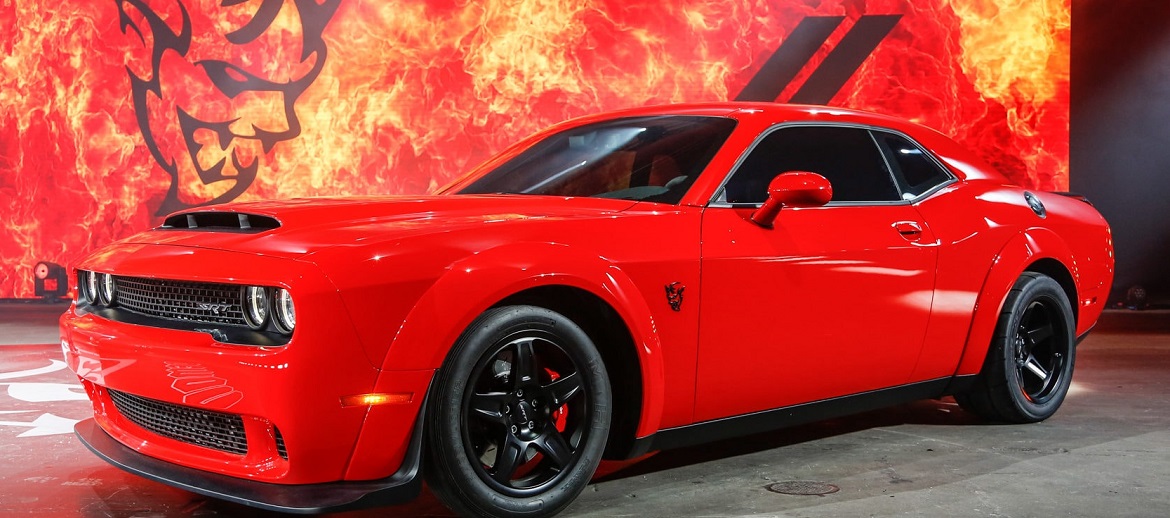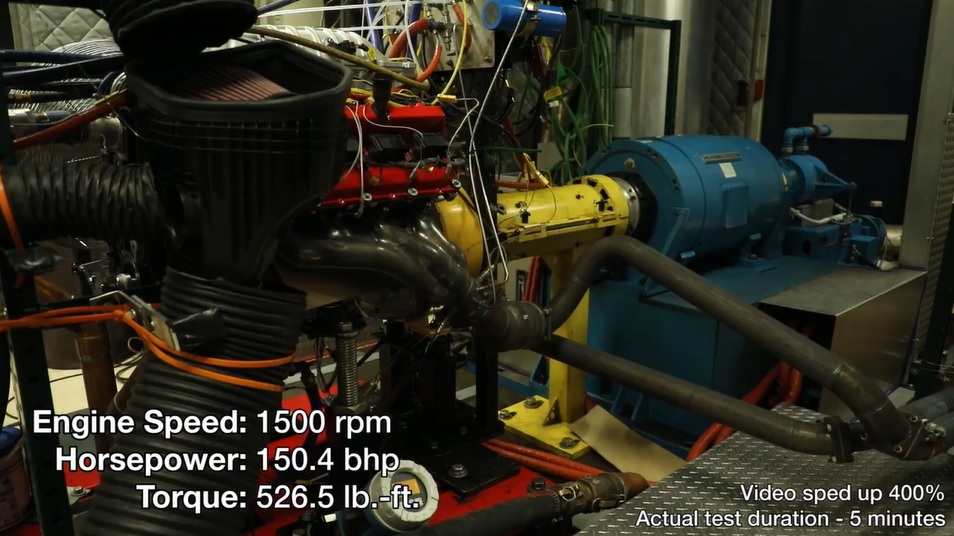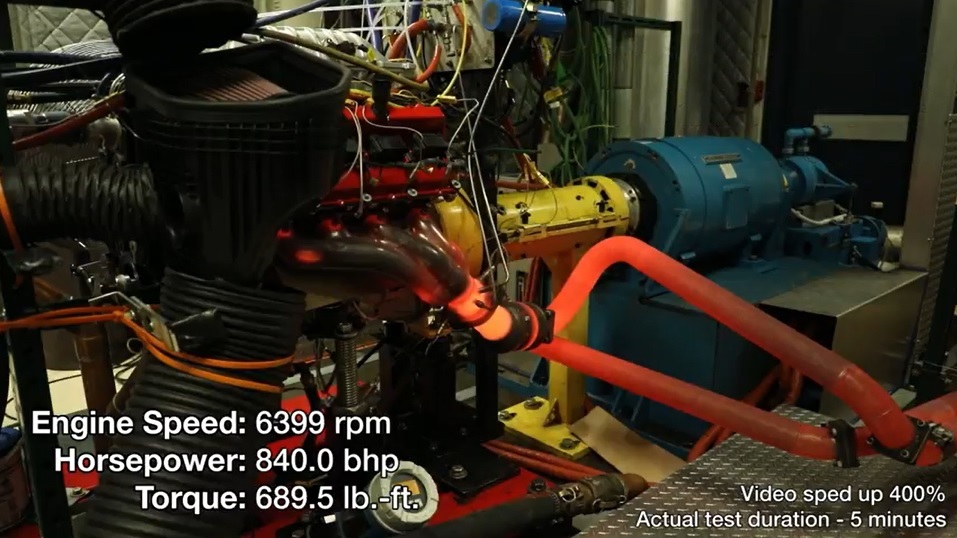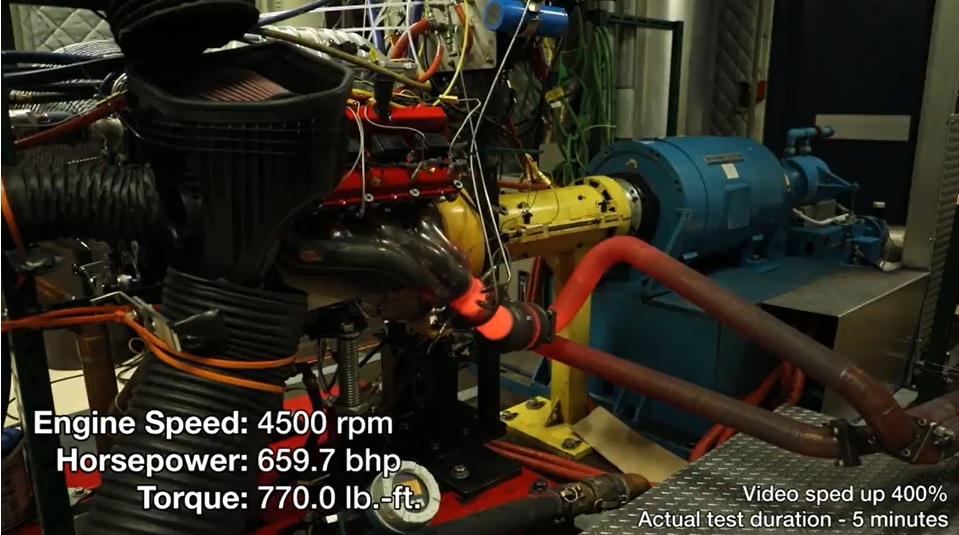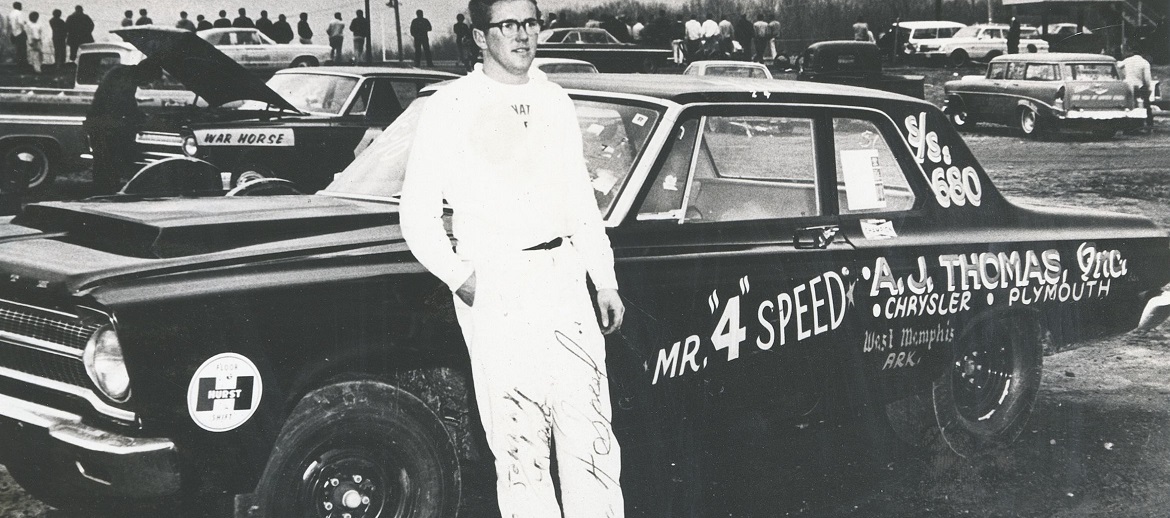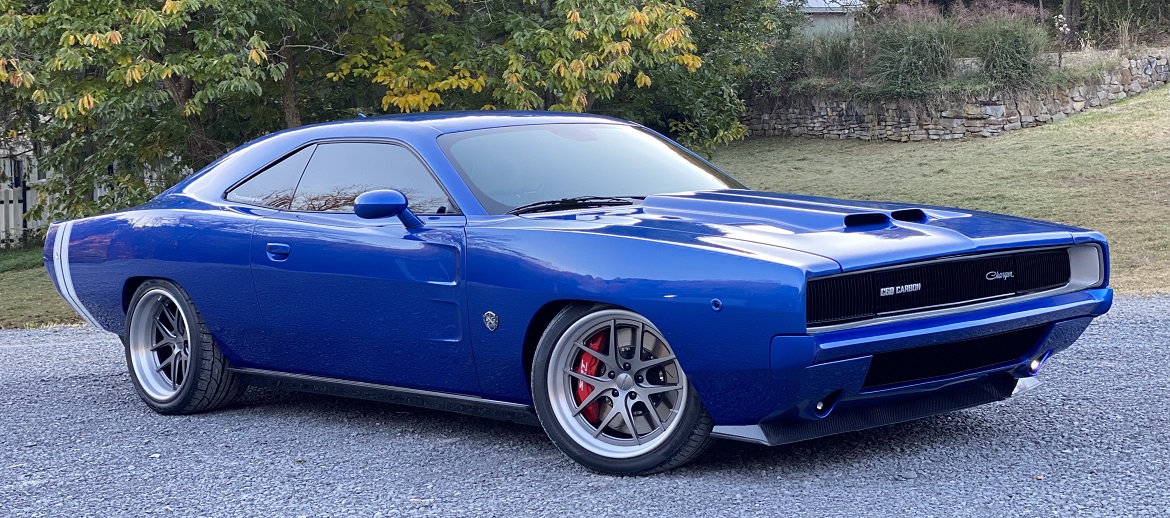A Look at How Dodge Measures Engine Power Under SAE Standards
3 years ago Showcase Video
Over the past seven years, the Dodge brand has issued a collection of the most powerful production cars to ever grace the road. It started back in 2015 with the 707-horsepower Challenger and Charger SRT® Hellcat models. For 2018, the Challenger SRT Demon set the standard for power by which all American performance cars are compared, packing 808 horsepower on pump gas and 840 horsepower on 100-octane racing fuel – numbers which still haven’t been matched by any other American road car. For the 2019 model year, the original SRT Hellcat models climbed to 717 horsepower while the Challenger SRT Hellcat Redeye debuted with 797 horsepower; and for 2021, the Charger got the Redeye treatment as well. Most recently, the Challenger Super Stock and Redeye Jailbreak models for Challenger and Charger each got official ratings of 807 horsepower. Even the roomy Durango has gotten the big-power treatment with the 710-horsepower SRT Hellcat model, further securing Dodge’s title as the American horsepower leader.
Regardless of which supercharged Dodge vehicle you drive, the odds are good that if you had the vehicle tested by an independent dyno shop, your Challenger, Charger or Durango made far more power than you expected. Many people like to use a drivetrain loss factor of 15%, and when you apply that relatively conservative number to dyno results, you will almost always get a much larger number than the official power rating. For example, my stock 2017 Challenger SRT Hellcat made 644 horsepower at the rear wheels on the dyno. If you add back in the assumed 15% drivetrain loss, that leads to a crankshaft number of 757 horsepower. Drivetrain loss of 15% on 707 horsepower should be around 600 horsepower, while 644 horsepower represents a loss of just 9% from the crankshaft to the wheels.
So is the output of my 2017 Challenger SRT Hellcat grossly underrated from the factory? That is what many people like to think when they see that their Dodge lays down much bigger dyno numbers than expected, but that isn’t the case. In reality, the difference in what Dodge advertises and what third-party dyno shops see in terms of calculated horsepower is due to a very different method of testing and today, we bring you a look at the details of those different testing methods.
Testing on a Shop Dyno
If you have never been to a performance shop that has a dynamometer (dyno for short), the video below shows a pretty average dyno pull for a performance shop. As you can see, this is a mobile chassis dyno that has been moved to the Modern Street HEMI® Shootout parking area at the Woodward Dream Cruise, but this is the same dyno used by Livernois Motorsports at their shop and it is the same type of dyno that is in use in many shops around the country.
Once my car was safely strapped in place with the hood open and a huge fan in front, the man operating the car for the test session brings the car through the lower gears at low speed and low RPM. Once he gets into 4th gear, he waits for the dyno operator’s signal and on that mark, he hammers the throttle and pushes the car to the top of the gear before letting off. Shortly after, the company on the ground displayed numbers of 644 horsepower and 615 lb-ft of torque at the rear wheels.
From the time that the man behind the steering wheel put the car into gear to the point where he lets off after the hard pull, about 30 seconds had passed and the car was under hard throttle for about 10 seconds. That is a pretty typical chassis dyno pull from a third-party shop, as this is the best way for shops to measure the gains of performance upgrades. Best of all, these types of dyno pulls aren’t particularly hard on the drivetrain, as peak power is only produced for a few seconds.
The SAE Certification Process
The first difference between SAE certification and the dyno process shown above is the physical method, with a freestanding engine dynamometer rather than the chassis dyno shown above. This method allows the automaker to measure power levels without any concern of drivetrain loss through the transmission and rear differential. The difference in physical testing methods is why we have to factor that 15% back into wheel horsepower numbers to get the actual engine output, but the difference in the dyno itself is not what leads to the difference between SAE and calculated third-party power numbers.
The biggest and most significant difference with SAE power certification is the length of the run, and this is what causes the big difference between official numbers and calculated numbers from a dyno shop. The SAE process is not a quick, 10-second blast to measure peak power. Instead, the SAE process takes several minutes, with the engine being brought to a variety of RPM levels and held at that point until the peak power level is reached. These runs take more than five minutes and the engine is under hard throttle for most of that time. As a result, everything in the engine is hot, leading to a decrease in power, but that is why the SAE process exists.
The idea is for the SAE process to replicate real-world scenarios as best as possible and in the real world, your engine has usually been running for a while and everything is as hot as possible. The local dyno shop is trying to get the highest numbers possible while Dodge uses the SAE process to measure power in some of the worst conditions that the vehicle will regularly encounter.
SRT® Demon HEMI® Engine on the Dyno
The best example of a modern engine being tested under SAE methods was issued by Dodge prior to the debut of the 2018 Challenger SRT Demon, shown below. That video allows us to watch the five-minute process, but it has been sped up 400% to get us to peak numbers more quickly.
The dyno pull starts at 1,500 rpm, leading to an output of 150.4 horsepower and 526.5 lb-ft of torque, which is just over idle. When the engine speed climbs to 2,000 rpm, output climbs to 231.7 horsepower and 608.6 lb-ft of torque, and with each 500 rpm increase, we see power numbers climb quickly. At 4,500 rpm, the engine reaches 659.7 horsepower and 770 lb-ft of torque, which is the peak torque output. That torque number remains relatively stable with a few 100 rpm increases, until it begins to drop off at 4,900 rpm when horsepower output reaches 714.5 horsepower. From that point, the torque output drops a bit as horsepower continues to build. At 5,900 rpm, the SRT Demon’s supercharged HEMI engine goes over the 800-horsepower mark, with 812.9 horsepower and 723.7 lb-ft of torque, and at 6,400 rpm, the most powerful American production road engine of all time reaches its peak horsepower of 840, along with 689.5 lb-ft of torque.
When the SRT Demon engine on the dyno hit peak power, it had been running under hard throttle or wide open throttle for nearly five minutes, compared to about 10 seconds for a performance shop dyno. The number that Dodge uses for marketing comes from SAE standards and those methods essentially create a worst-case scenario while the average dyno pull at your local performance shop is made under far better conditions – leading to the differential in official Dodge numbers and third-party power testing.
